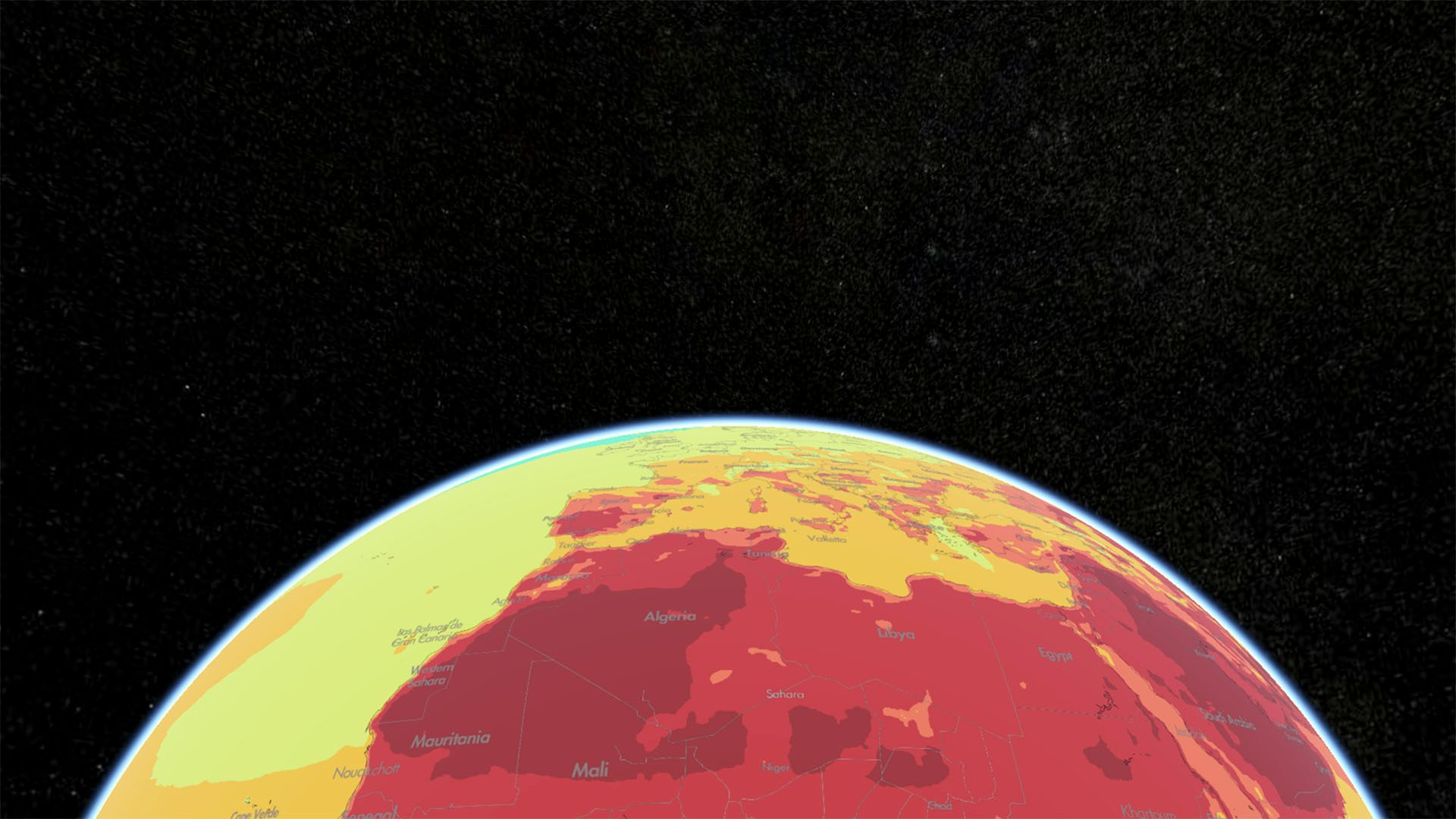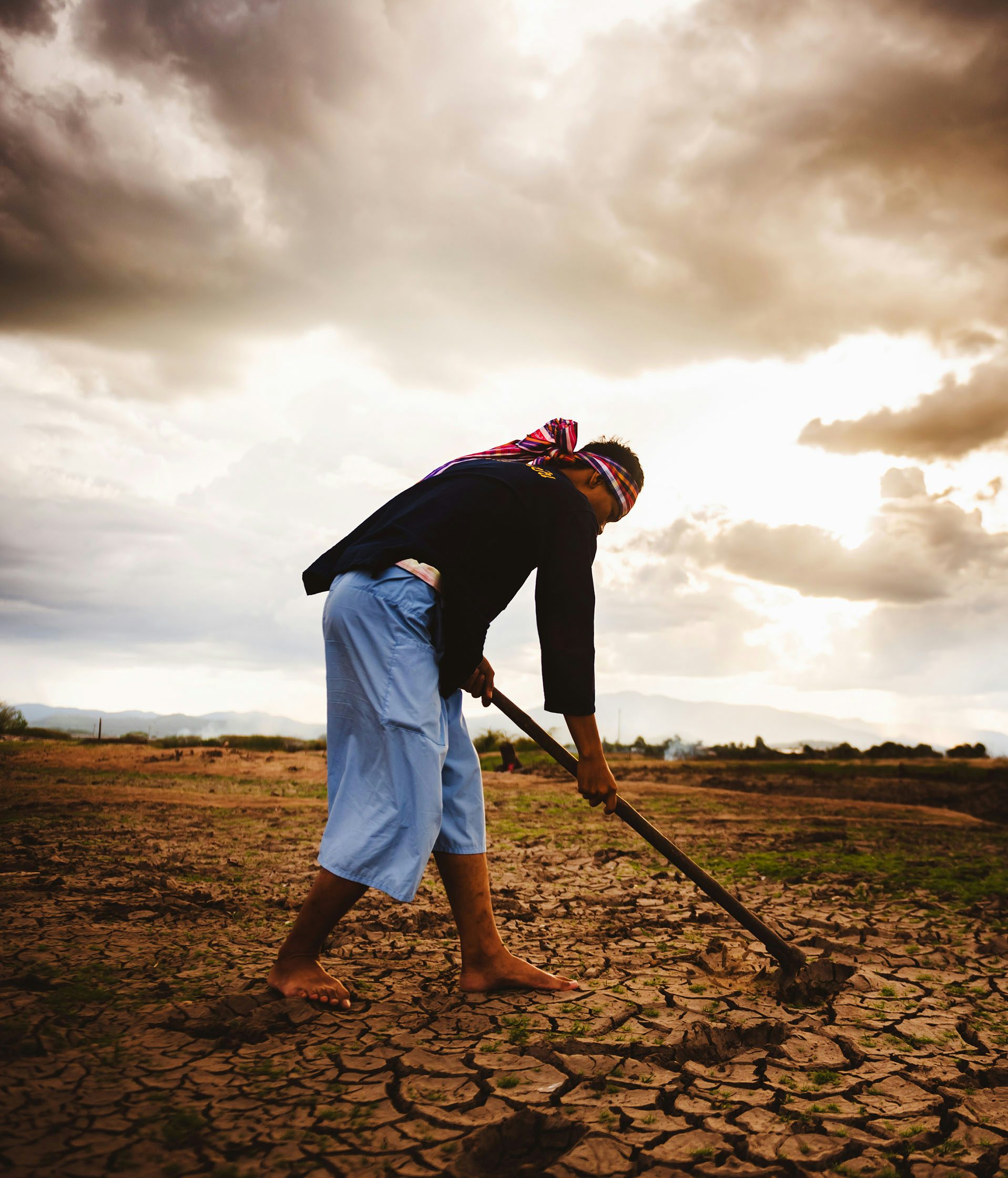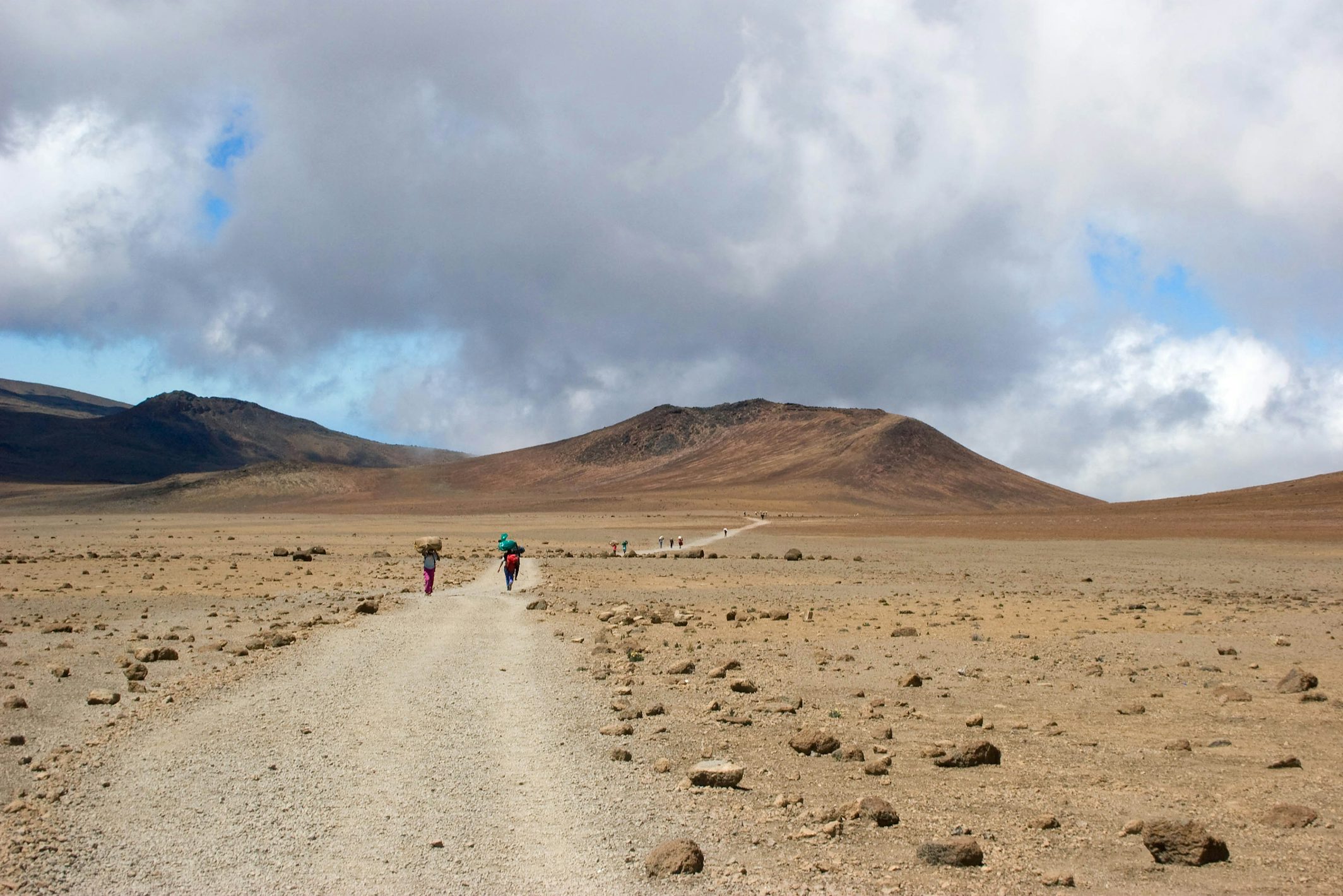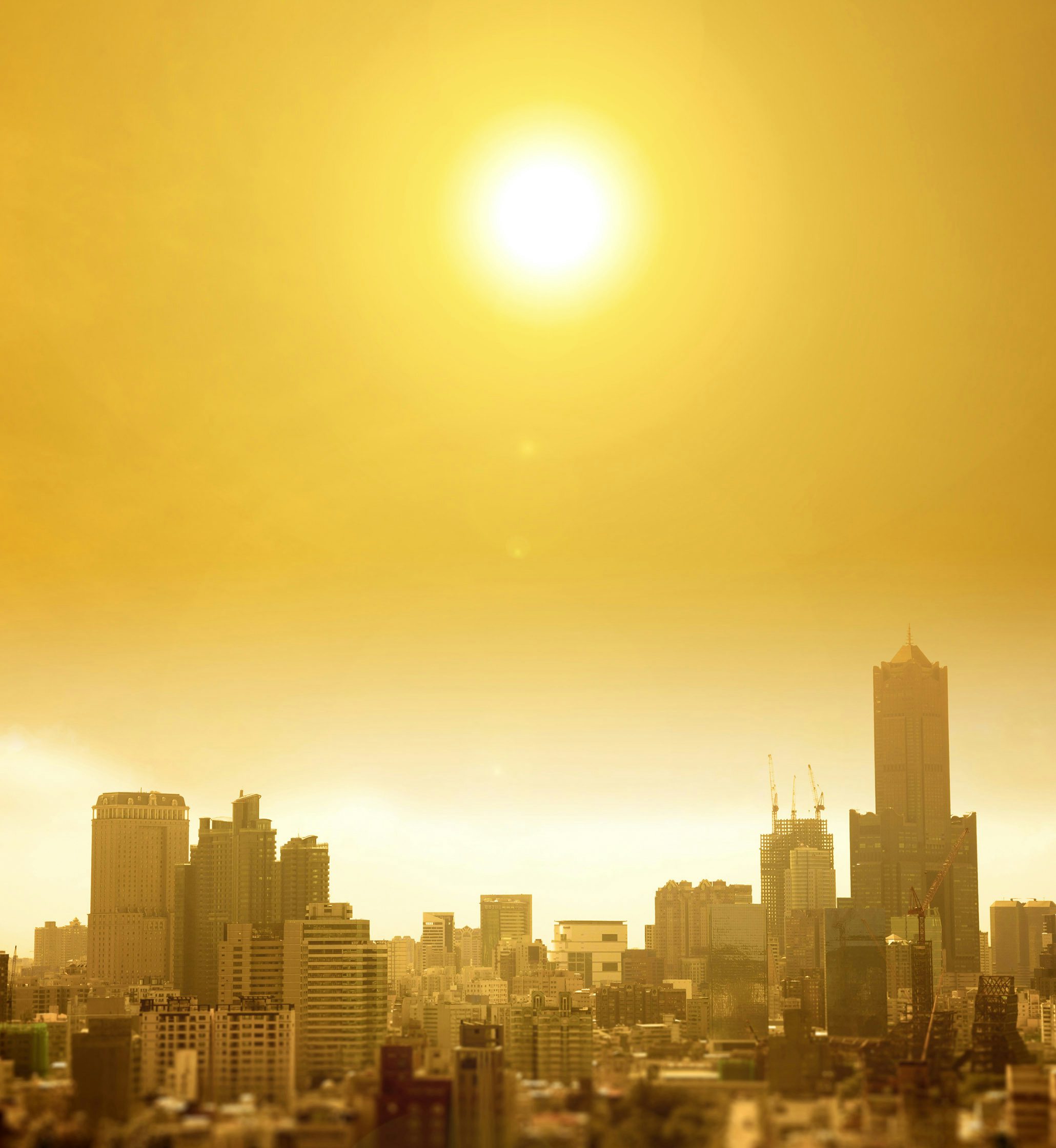What is thermal stress? How has it evolved until now? Why is it important for our future?
Lobelia developed on behalf of C3S, the Copernicus Climate Change Service, the Thermal Stress Story Hub, a virtual space where you can explore thermal stress evolution across the world from 1980 to 2100. Through different stories Lobelia team guides you in understanding how thermal stress is and will affect our lives now and in the future.

The Universal Thermal Climate Index (UTCI) is an indicator to express in °C the thermal well being of a person in relation to the surrounding environment (Bröde et al. 2011).
It indicates the real temperature perceived by a human body based on a series of external variables, not limited to air temperature. Thermal stress is divided into 10 stress categories ranging from extreme heat stress to extreme cold stress.


Extreme heat and extreme cold are responsible for a variety of health risks, including death, especially during heat waves or if cold stress conditions are prolonged in time. Increases in thermal stress affect liveability of wide areas, especially around the equator.

To survive thermal stress, people across the world are adopting different behaviours. Understanding UTCI’s historical evolution and future changes is of paramount importance to develop timely adaptation and mitigation policies to alleviate its consequences but also to reduce counter-effects derived by human behaviour in response to it through the implementation of carbon-neutral solutions.


Do you want to know more about extreme events that will affect Earth in the future?
Visit our section Climate to know more or contact us.